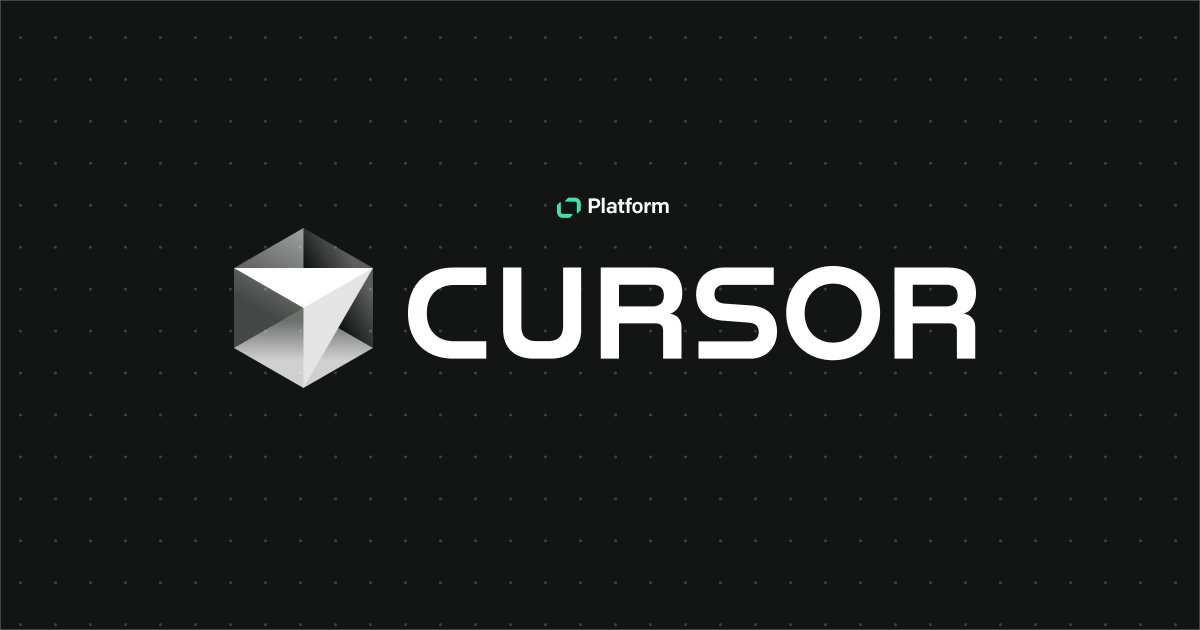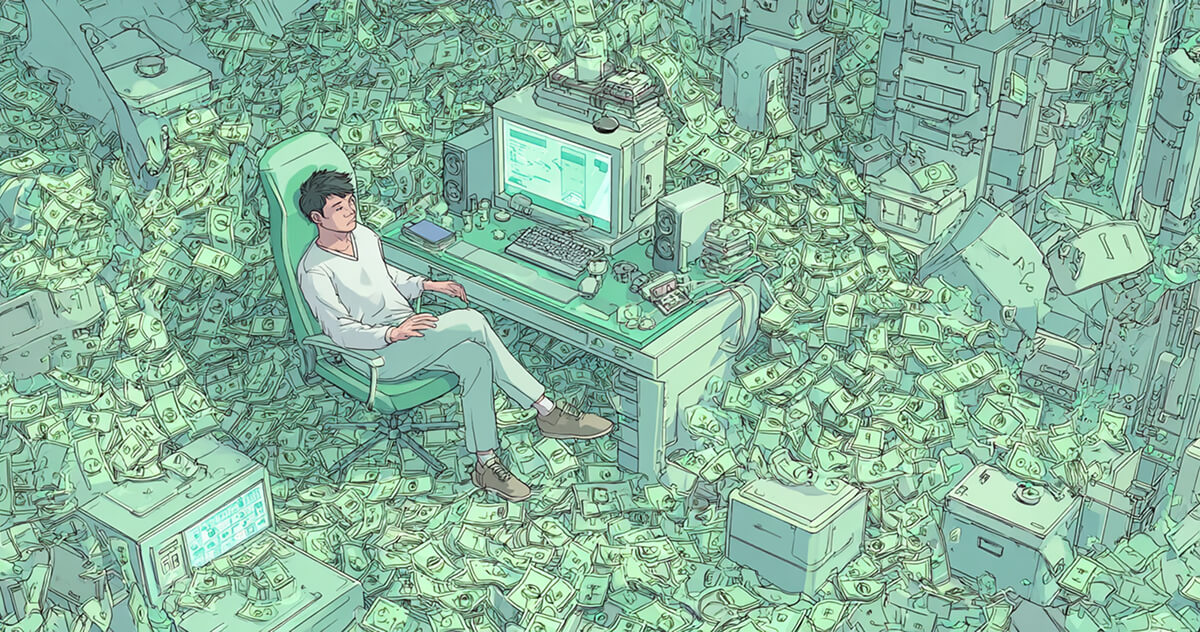Within the vast field of software development, software developers carefully create the blueprint behind every potent application and on the backs of every cutting-edge platform. The fundamental level of planning and strategizing that gives rise to this digital reality is software design.
The software design process should not be mistaken for simple aesthetics — instead, it's a skillful balancing act between practicality, usability, and a user-centric mindset that guarantees a digital product thrives.
Designing new software systems is essential for building long-lasting products, whether it's figuring out the intricacies of class hierarchies in object-oriented new technologies of software programs or just thinking about organizing a user form.
This thorough guide delves deeply into the why and how to become a software designer, illuminating their critical role in the web development process and providing insights essential for any digital craftsman.
What is software design?
Software design is fundamentally the first stage of planning, developing, and envisioning software. This stage involves software developers and software engineers mapping out a framework that satisfies end-user goals and business objectives.
Architectural elements of high-level and more specific software features, such as data science models, algorithm selections, and interface design, are all included in software design and development.

Similar to software developers, software designers will find it beneficial to have a solid background in computer science or a similar discipline. A computer science or bachelor's degree provides prospective with the requisite academic understanding and hands-on training.
When pursuing a career in software design, having practical experience is crucial. Contributing to open-source software, taking on freelancing work, and interning are all great methods for developing your portfolio and obtaining real-world experience.
Although a general understanding of software development is essential, focusing on areas such as development, mobile development, or artificial intelligence can lead to exciting employment prospects.
Advanced tech is a constantly changing field. Software designers should regularly learn new things to stay current on the latest technologies, trends, jobs, and best practices.
The intersection of software development logic and creativity
Software design is based on the seemingly incompatible aspects of creativity and rationality. Software designers need to be creative and pragmatic about what can be done when developing novel ideas. The genuine art of software design emerges at this intersection of innovative application and deep thinking.
From concept to creation
In practice, software design involves converting both functional and non-functional needs into an all-encompassing strategy. This plan outlines the general layout of the software, its modules, and constituent parts, their respective functions and duties, and how they'll cooperate. It also addresses the design of user interfaces and practical experience to provide a user-friendly and captivating result.
Why software developers are key players in software design
A software developer is an essential teammate for a software designer on many levels. Software developers direct the development process and affect the software's long-term performance, scalability, and maintainability.

The cornerstone of each project that succeeds
The entire software lifecycle is built upon the foundation created during the design phase. Early detection of possible dangers and difficulties makes modifications possible before significant resources are committed to development. A well-planned design lessens the possibility of the necessity for expensive, time- and money-consuming project overhauls.
Reducing uncertainty and improving forecasting
Through detailed research, software developers and designers gain a precise understanding of the desired outcome, making the development process predictable and controllable.
This approach also helps to bring stakeholders together around some common project concepts, guaranteeing that everyone agrees with the product's goals.
Designing user experience (UX)
Applying software design to UX entails developing an understandable and straightforward user flow, producing wireframes, and iterating in response to their input. A lot of attention is paid to ensuring that a software designer takes into account a thorough understanding of user behaviors and preferences, which eventually results in a product that is enjoyable to use and functioning correctly.
Software designers are the hidden heroes of the digital age. They drive designing and developing software programs that are now essential to our personal and professional lives. By comprehending their importance and implementing best practices into our development processes, we can ensure that the software we build is remarkable and functional.
An outline of duties in software design
A software designer's job is more important than ever in today's vast technological landscape, with a growing need for more intuitive and efficient software. Although "design" may initially conjure up ideas of visual design and beautiful things, software design combines methodical planning, problem-solving, and user experience to construct complex systems.
Establishing the foundation through system architecture
The software designer becomes an architect once the requirements have been reduced to their most basic form. Their goal is to produce a blueprint that describes the system's architecture and guarantees its scalability, maintainability, and effectiveness. This entails determining the various parts of the systems and their connections, frequently using modeling tools to produce pictorial representations.
The design process begins with software designers conceiving the architecture and design tenets guiding the product's evolution. This stage entails figuring out goals, comprehending user needs, and creating an implementation schedule.
Software designers define the algorithms and data supporting software applications while looking for potential employers' bottlenecks and security flaws. They address the more "visible" functional aspects and non-functional requirements such as integration, performance, and dependability.
To make sound and effective selections, a software designer must foresee the system's load and the paths the data structure will flow, much like a construction architect who chooses where to install beams and supports.
Integrating design with functionality
Software designers connect functionality and functions to the UI (user interface) design process. Here, designing user-friendly and visually appealing interfaces is the main priority. To do this, they:
- Convert intricate functional requirements into designs that are easy to use and adhere to design standards and patterns.
- Iteratively construct the UI by wireframing and prototyping, testing it for usability, and getting input to improve the design.
- Work with front-end developers to ensure the UI can be implemented while maintaining the defined style and branding standards.
- Utilize analytics and user testing to obtain information architecture that will help improve the UI after deployment.
Coding and algorithm design
Due to the nature of their work, software designers frequently take on software developers' jobs after the design decisions are made, using programs to bring the imagined programming concepts to life.
They make frameworks and program languages to construct the system's many components, guaranteeing the code is well-documented and maintainable for software developers.
A software designer also works closely with the development team to ensure consistency.
Testing and debugging
Software designers produce troubleshooting, diagnostics, and corrections for inconsistencies between the expected and actual output. They incorporate error-handling and recording features that offer insight into the system's behavior, even in the most unusual circumstances.
Essential skills for a successful software designer
Change management and learning curves
Both new and old languages are constantly developing. Software designers who learn software engineering are more adaptable to new programming languages and their subtleties quickly.
While general proficiency is still required, a designer's career can be significantly enhanced by specialization. A competitive edge comes from having focused knowledge of the languages most appropriate for one's field of interest or industry, such as R for data analysis or Swift for iOS applications.
Software designers use their understanding of programming languages, operating systems, and data in close collaboration with software engineers and stakeholders to create solutions that precisely meet demands and challenges.
To become a software designer, utilize AI (artificial intelligence) and machine learning to give software cognitive capabilities in an era characterized by these technologies. AI is incorporated into software to improve its functionality and user experience, from natural language processing to predictive analytics.
Adaptability and optimization
Because mobile devices are standard, similar to a software developer, a software designer must be skilled in optimizing apps for various platforms and screen sizes. This entails creating software that offers consistent experiences across platforms and comprehending the subtleties of mobile operating systems.
Optimizing software performance requires a fundamental understanding and education of data structures and algorithms. Software designers use their information data to create scalable and optimally-performing algorithms.
Designers work in tandem with UX designers to enhance the visual design and features of the software by creating visually appealing elements, selecting proper typography, and creating intuitive user interface designs. This combination of design and utility improves the user experience as a whole.
Ability to solve problems
Problems are the lodestars that direct a designer's intellectual journey. A software designer's daily work is interspersed with complex issues that need to be solved, from debugging to optimization.

Software designers require a mind capable of continuing to learn systems and thoroughly examining issues. They need to identify patterns, dissect problems into digestible pieces, and create logical routes to resolution.
Bringing code to life is an art form that requires originality in addition to being a computer science expert. Many good designs focus on reaching heights when innovation combines disciplined structure and inflexible logic.
UX/UI design
Any software designer has to have a solid understanding of UI and UX design. The most creative software designers and software developers create user-friendly and captivating interfaces by keeping the user in mind at every stage.
Developing new software programs that complement existing tools is a joint creative exercise. Creatively combining languages and frameworks can result in new approaches to well-known issues.
Proficiency in communication
When converting binary to a human, a software designer doesn't work alone; they constantly collaborate with stakeholders, another software designer, and occasionally even non-technical team members. That's why communicating intricate technical concepts in understandable language is crucial. Designers must be able to articulate their work and its ramifications for various audiences.
Designers frequently collaborate closely with clients to fully grasp their needs and communicate the results of their work. This requires exceptional interpersonal and technical skills.
Detail-oriented
The simplest mistake in the code can ruin the implementation of software. Meticulous work habits are not only encouraged but also required. Comprehensive testing procedures are essential to develop software and serve as a vital defense against preventable mistakes.
Code reviewing and being willing to evaluate other people's work are crucial abilities that help designers polish their attention to detail and expand their skill set by exposing them to various methods and solutions.
Educational pathways to becoming a software designer
The software designer's career route focuses on and typically starts with a bachelor's degree. This degree establishes an organized continuing learning environment by teaching the foundations of theory, math, and programming. An advanced bachelor's degree, which provides in-depth information about specialized fields, can frequently act as a differentiator in the fiercely competitive world of technology.
Cross-disciplinary training: expanding horizons for software designers
Diverse domains for enhanced problem-solving
Software design is a collaborative subject, and one can substantially benefit from expanding their knowledge in graphic design, psychology (for user experience), or business (for project management). Interdisciplinary research can offer a wider, more comprehensive viewpoint and fresh job opportunities for original problem-solving.
Fostering entrepreneurial spirit through soft skills
Soft abilities like critical thinking, teamwork, and communication are just as important for a software designer as technical knowledge.
Building flexibility with scalable and modular design
Modules are the fundamental units of any software engineer; they are distinct functional parts that may be developed and maintained independently. A modular design approach facilitates reusability, cooperation, and simpler debugging procedures.
Creating a modular design is similar to building with LEGO blocks. Every component has a distinct purpose and can readily integrated with others to form a more intricate structure. Modules in software, whether they take the shape of classes, functions, or whole libraries, encourage a distinct, hierarchical organization and lessen dependencies among various computer systems components.
Include CI/CD in your work process
To include continuous integration (CI) and continuous delivery (CD) in your software developers' lifecycle, you must establish a CI/CD pipeline. This pipeline includes code linting, unit testing, software development, staging environment deployment, and, finally, production.
Conclusion
Software design's cornerstone includes the smooth fusion of imagination and logic. It's the skill of converting concepts into workable plans while striking a balance between pragmatism and user-centered design.
Every aspect of becoming a software designer, from creating engaging user experiences to designing systems architectures, is crucial in influencing the digital world.
Software design involves more than creating for the here and now — it entails planning for the future. A skilled software designer can future-proof their works using scalable and modular design techniques, guaranteeing flexibility in the face of change.
However, to become a software developer or designer, you need to have a wide range of skills in addition to their technical expertise to achieve your career goals.


